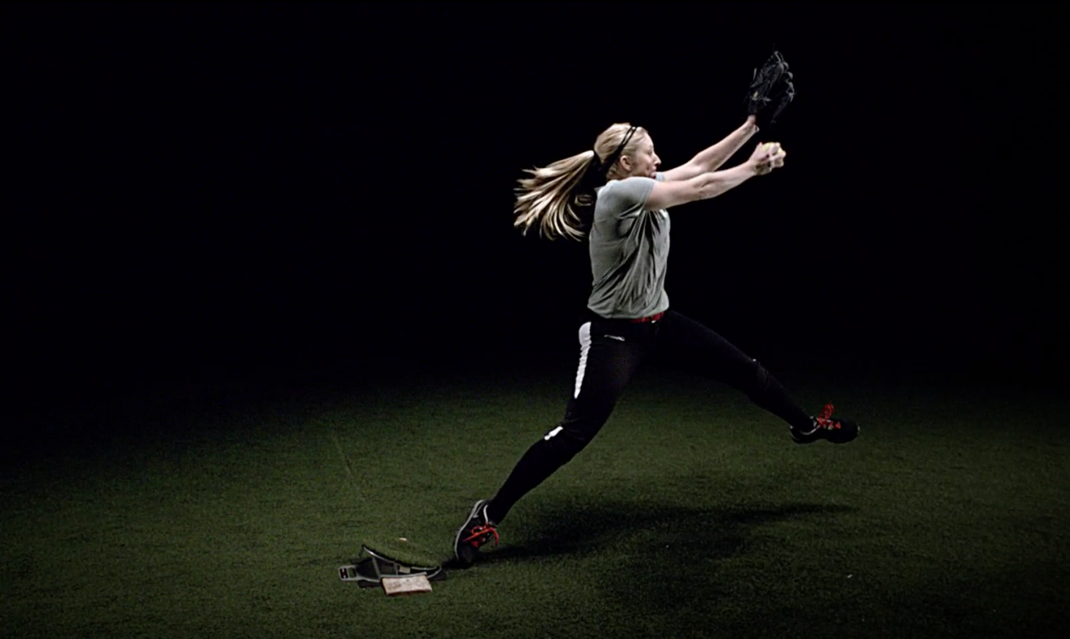
In the world of softball, few positions demand as much skill, precision, and technique as that of the pitcher. And within the realm of pitching styles, the windmill pitch stands out as one of the most dynamic and effective techniques. Whether you’re a beginner looking to learn the basics or an experienced pitcher aiming to refine your craft, understanding the fundamentals of the windmill pitch is essential. In this article we’ll explore the key elements of windmill pitching and provide insights to help you master this fundamental aspect of the game.
The foundation of a successful windmill pitch lies in the grip and hand placement on the softball. Begin by gripping the ball firmly with your fingertips, ensuring a comfortable and secure hold. The most common grip used in windmill pitching is the four-seam grip, where the seams of the ball run perpendicular to your fingers. Position your index and middle fingers across the seams, with your thumb supporting the bottom of the ball. Experiment with different grip variations to find what feels most natural and allows for optimal control and spin. Keep this in mind, fingertips are the gas and the palm in the break; if you want a faster pitch you will need less palm touching the ball.
The windup phase sets the stage for the pitch, dictating rhythm, timing, and momentum. Start with your feet shoulder-width apart and your pivot foot (usually the dominant foot) on the rubber. As you begin your windup, simultaneously bring your pitching arm back in a circular motion, extending it behind your body. Keep your non-pivot foot in contact with the ground, maintaining balance and stability. As you initiate the forward motion, drive off the rubber with your pivot foot, with your hips moving forward to the plate. Utilize your entire body to generate power and velocity, with a smooth and fluid motion from windup to release.
The release point is a critical moment in the windmill pitch, determining accuracy, speed, and movement. Aim to release the ball at the optimal point, usually when your hand reaches the 12 o’clock position in the pitching circle. As you release the ball, focus on snapping your wrist downward and driving through the pitch with authority. This snapping motion generates backspin on the ball, creating movement and stability in flight. Following the release, continue the motion with a full extension of your pitching arm, leading into a balanced and controlled follow-through. Maintain proper posture and alignment, landing with your stride foot pointed toward the target and your body poised for fielding.
Like any skill in softball, mastering the windmill pitch requires consistent practice and repetition. Dedicate time to drills that focus on grip, mechanics, and timing, gradually building muscle memory and refining your technique. Work with coaches or experienced pitchers to receive feedback and guidance, identifying areas for improvement and implementing corrective measures. Embrace the process of continuous learning and refinement, understanding that even small adjustments can lead to significant improvements over time. Remember, windmill pitching is not a natural pitching motion. There is nothing natural about an arm rotating over the head and behind the body to hurl a softball from 35-45 ft away at a rate of speed that can range from 35-70 mph. I’m afraid that assertion is far from accurate.
Beyond the physical aspects, success in windmill pitching also hinges on mental toughness and confidence. Develop a mindset of resilience and focus, maintaining composure in high-pressure situations. Visualize success and trust in your abilities, knowing that diligent preparation and hard work will pay off in competition. Cultivate a positive attitude and approach each pitch with unwavering belief in your capacity to execute.
The windmill pitch is a cornerstone of softball pitching, requiring a combination of technique, athleticism, and mental fortitude. By mastering the fundamentals of grip, mechanics, release, and follow-through, you can unlock your full potential as a pitcher and make a significant impact on the game. Embrace the journey of continual growth and improvement, recognizing that every practice session and game experience contributes to your development. With dedication, perseverance, and a passion for the game, you can become a proficient and confident windmill pitcher, ready to rise to any challenge on the field.
To learn more about the physical make-up of a windmill pitch, please check out this video of Amanda Scarborough explaining what she is doing and how she is using all of her body to generate power.

